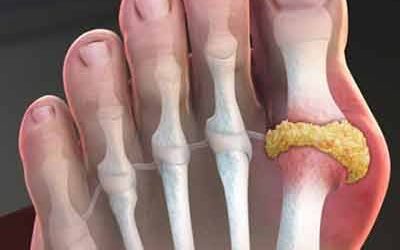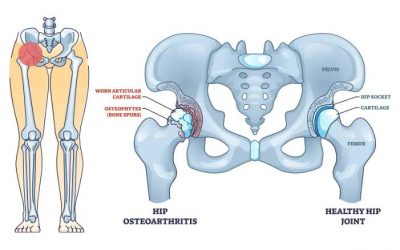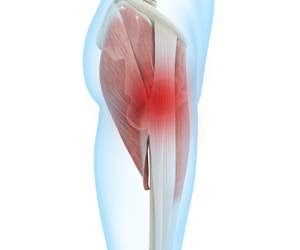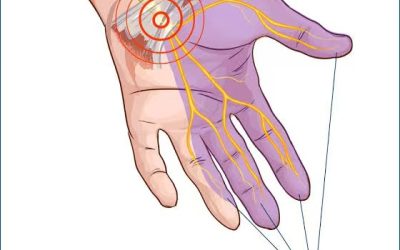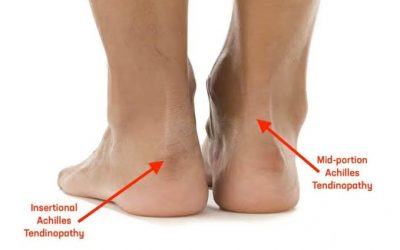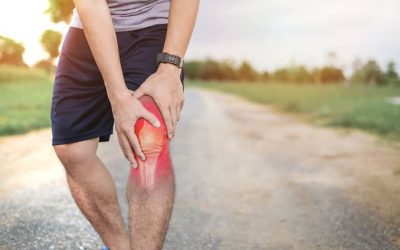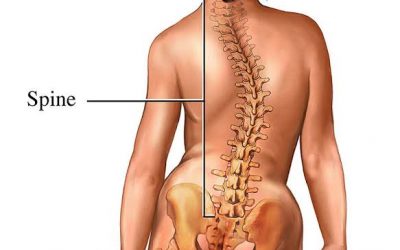De Quervain tenosynovitis


De Quervain tenosynovitis is a condition that causes pain and swelling at the base of the thumb and the thumb side of the wrist. In de Quervain tenosynovitis, swelling and thickening of the soft tissues around the thumb tendons cause pain with common activities, particularly with picking up or grasping objects.
Anatomy
De Quervain’s tenosynovitis affects the abductor pollicis longus (APL) and the extensor pollicis brevis (EPB). These are two of the main tendons to the thumb that assist with bringing the thumb out away from the index finger (APL) and straightening the joints of the thumb (EPB). These two tendons arise from muscles in the forearm and then run together in a sheath that keeps them close to the bone as they cross over from the thumb side of the wrist into the hand.
Tendons are rope-like structures that attach muscle to bone, allowing the muscle to pull on and move the bone. Tendons are covered by a slippery and thin soft-tissue layer called synovium. This layer provides nutrients to the tendons and allows them to slide easily through the sheath that surrounds them.
Any swelling of the tendons and/or thickening of the sheath can result in a situation where the tendons no longer fit well inside the sheath. This results in increased friction and pain with certain thumb and wrist movements.
Cause
the exact cause of de Quervain tenosynovitis isn’t known, any activity that relies on repetitive hand or wrist movement — such as working in the garden, playing golf or racket sports, or lifting a baby — can make it worse.
Symptoms
- Pain near the base of the thumb
- Swelling near the base of the thumb
- Difficulty moving the thumb and wrist when doing something that involves grasping or pinching
- A “sticking” or “stop-and-go” sensation in the thumb when moving it
If the condition goes too long without treatment, the pain may spread farther into the thumb or forearm or both. Moving the thumb and wrist may make the pain worse.
- Diagnosis of De Quervain Tenosynovitis
- A thorough physical examination and discussion of the patient’s medical history, including current and past conditions, prior injuries and symptoms, will help diagnose de Quervain tenosynovitis.
Treatment of De Quervain Tenosynovitis
Treatment will depend on the severity of symptoms, which may be relieved without surgery.
There are several non-surgical treatment options that may help relieve symptoms. These include:
- Anti-inflammatory medications such as ibuprofen
- Brace wear to stabilize and provide support for the wrist and thumb
- Cortisone injections to reduce pain and swelling
- Limiting activities that cause pain and swelling
- When symptoms are severe or do not improve, surgery may be the next step. The procedure involves dividing the tissues overlying the thumb tendons to allow them to glide better.
- Local acupuncture and massage treatments can improve blood circulation and reduce oedema
Recovery
Most patients with De Quervain’s tenosynovitis do very well and are ultimately relieved of their symptoms with nonsurgical and/or surgical treatment. Fifty to 80% of patients can be successfully treated nonsurgically with splints, NSAIDs, and injections. The remaining patients typically respond well to surgery.
Complications of surgery are rare. Patients with diabetes may be less successfully treated with injections and are more likely to have a surgical complication (infection, wound healing problems, etc.).
